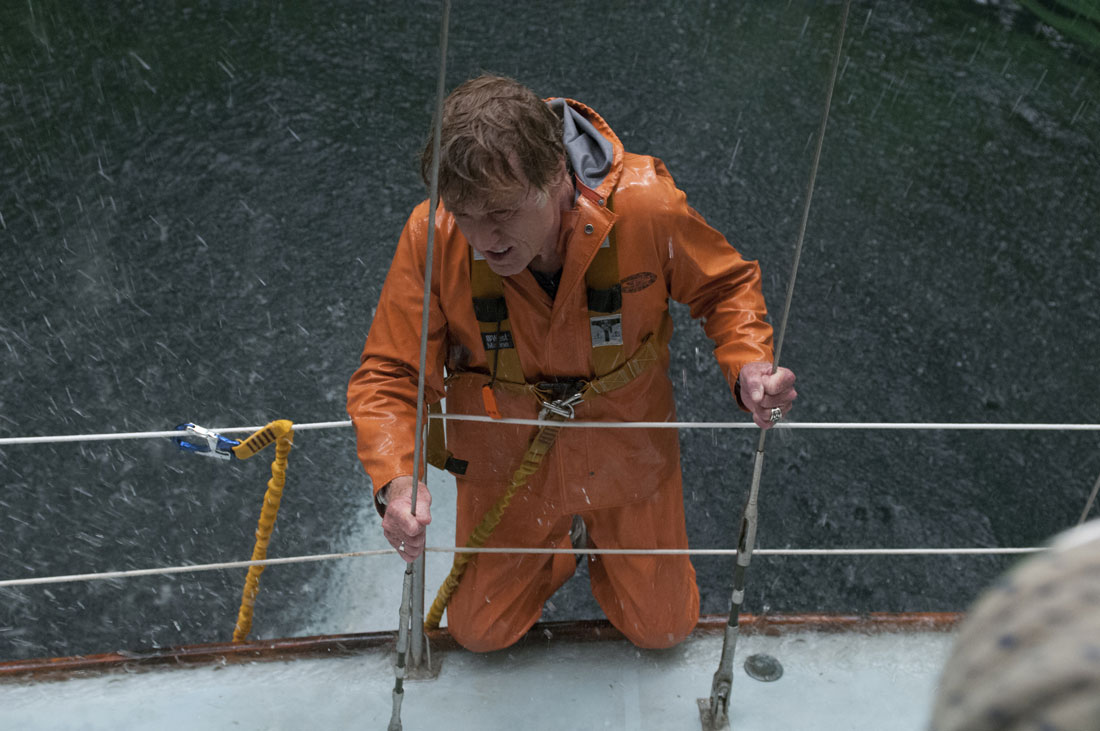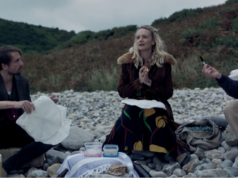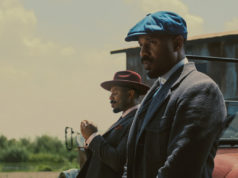Richard Curtis’ time-travel comedy About Time expands to Fort Worth this week (see Film Shorts), and it exhorts us to live each day as if it’s our last. Well, two other movies come to us this week, too, and they give a big “Ha ha ha!” to that sentiment. That’s because the heroes of All Is Lost and How I Live Now are indeed living each day as if it’s their last, and they’re having absolutely no fun at all. They’re just trying to keep from being swallowed up by a cold and hostile world. These films are both part of the current tide of cinematic survival stories, and each is absorbing in its own way.
There’s a remorseless sort of purity to All Is Lost. Robert Redford plays the film’s only character, a guy sailing a 40-foot yacht called Virginia Jean somewhere in the Indian Ocean. Judging from the size of his boat and the amenities on it, he’s pretty well fixed financially. Judging by the tone of the farewell note (to his children? his siblings? his grandkids?) he writes at the movie’s beginning, he’s an educated American who’s running from something and feels like he’s failed the people closest to him. We can only speculate about the rest, since the movie never tells us his name or his planned destination or where he’s from.
It just begins when disaster strikes, as he awakens one morning to the sound of water rushing into the cabin. His boat has hit a large shipping container that has gone astray from some ship, and the impact has not only punched a big hole in the side of the boat but effectively ruined his communications and navigations. The movie follows him through the resulting eight-day ordeal as he struggles to keep his craft afloat, hoping that the ocean current will carry him toward a shipping lane where someone might come to his aid.
The film is written and directed by J.C. Chandor, who made a striking filmmaking debut two years ago with his Wall Street drama Margin Call. Where that intensely verbal film took place in an office setting, this movie happens entirely on open water, and its character recites maybe 50 words of dialogue. Chandor seems to be out to prove his range as a filmmaker, and as far as that goes, he does quite well. Despite the constricted setting, the movie somehow avoids feeling claustrophobic. There are passages of technical bravura, like when the boat capsizes in a storm and then rights itself while our hero clings to a deck railing. Then when conditions force our man onto an inflatable life raft, the camera finds its way under water to focus on the sea creatures swimming beneath, showing the natural world going on as usual underneath the thin layer of fabric that separates the man from a watery grave.
The 77-year-old Redford does yeoman work here, too, clambering about the boat with a few troubles but with levels of fitness that would be impressive in a man half his age. (At one point, he hoists himself up the mast of his ship, at least 60 feet off the ground, to repair the antenna.) However, his performance here isn’t merely a physical feat. He also captures the essential loneliness that has driven the man to seek comfort in solitude on the open seas and his dawning realization that this impulse might just be the end of him.
For all this, I found the movie to be just a bit too pure for its own good. The ambiguous final shot is meant to tease us about the man’s ultimate fate, but I found myself craving a bit more. Compared to other survival yarns, this movie doesn’t have the almighty wallop of Gravity, the awestruck visuals of Life of Pi, the tonal variation of 127 Hours, or the mystical vision of Meek’s Cut-Off. I think I might even have welcomed the life-affirming hokum of Cast Away. When the movie ended, I felt like I knew what had happened but not who it had happened to. That’s probably why the film left me unmoved and why I don’t like it, even though I find so much in it to admire.
Amid Hollywood’s ongoing troubles making movies about women that men are willing to see, somehow no one has noticed how teen flicks are doing their best to buck the trend. In the wake of the success of the Twilight series and The Hunger Games, the film industry is now betting that boys will pay to see movies about girls if said movies are fantasy-adventure sagas that are heavy on action and adapted from successful novels. Thus we’ve had The Host and The Mortal Instruments: City of Bones, not to mention next year’s Vampire Academy and Divergent. (You’d better believe that a movie version of The Bone Season is coming, too.) The latest entry is the commendable British-made How I Live Now, adapted from Meg Rosoff’s 2004 novel and opening at AMC Grapevine Mills this week.
Saoirse Ronan portrays Elizabeth “Daisy” Rybeck, a 16-year-old New Yorker who has been packed off to live with relatives in the English countryside when a nebulous war threatens to engulf the world. Daisy detests everything about her new situation except her dreamy cousin Edmond (George MacKay). Her desire to be with him causes her to impulsively and unwisely burn her exit papers assuring her passage back to America, but she’s separated from Edmond anyway when a nuclear blast destroys London and Britain is placed under martial law. Shunted among temporary housing facilities by what’s left of the British government, Daisy and her 9-year-old cousin Piper (Harley Bird) escape during a rocket attack and try to make their way back to their family farm.
The 19-year-old Ronan (who starred in the aforementioned and spectacularly bad The Host) is well-positioned for this boomlet in girl-centric thrillers, an intelligent and athletic Irish actress who can do flawless American and English accents. Her ability to transform herself remains uncanny. If you remember her as an awkward teenage assassin in Hanna or an inhumanly serene vampire in Byzantium, you’ll be shocked by how easily she inhabits this foul-mouthed, bleached blonde goth girl who uses sarcasm to push other people away and suffers from anorexia (though, like the novel, the movie makes only oblique reference to the latter). She brings plenty of piss and vinegar, but you can see her soften around MacKay, who’s noticeably older than the novel’s Edmond, probably because the filmmakers didn’t want the heroine having sex with a 14-year-old. The instantaneous chemistry between MacKay and Ronan is exactly what the film needs.
Of course, much of her attitude is scraped away when civilians start getting shot in the street. Much as he did in his underrated war film The Eagle, director Kevin Macdonald has a great eye for the beauty of the rural British setting, and yet he doesn’t shy away from depicting the aftereffects of war. We never learn exactly what the war is about or who is fighting it, but this far-off conflict comes home to Daisy in a credible way, and it forces her to make hard choices to keep herself and Piper alive.
The nuclear blast itself is powerfully done, as the animals panic and a great whoosh of air blows over the children before the sound of the bomb arrives, followed closely by ash falling from the sky. Piper thinks it’s snow; the older kids know better. Dead livestock lying by the side of the highway and smoke from large fires burning across the countryside further clue us in on the scale of the destruction. When Daisy comes across the aftermath of a massacre (the first sign of which is the number of foxes hanging around the place), it’s as horrible as it needs to be.
The movie’s depiction of British civil society breaking down may well remind you of Alfonso Cuarón’s Children of Men, a comparison that doesn’t flatter this film. How I Live Now never takes on that kind of hellish momentum, which it could have used. Still, even better than The Hunger Games did, this film manages the difficult task of incorporating a teen romance into a war story and does it with keen psychological insight.
[box_info]
All Is Lost
Starring Robert Redford. Written and directed by J.C. Chandor. Rated PG-13.
How I Live Now
Starring Saoirse Ronan. Directed by Kevin Macdonald. Written by Tony Grisoni, Jeremy Brock, and Penelope Skinner, based on Meg Rosoff’s novel. Rated R.
[/box_info]












